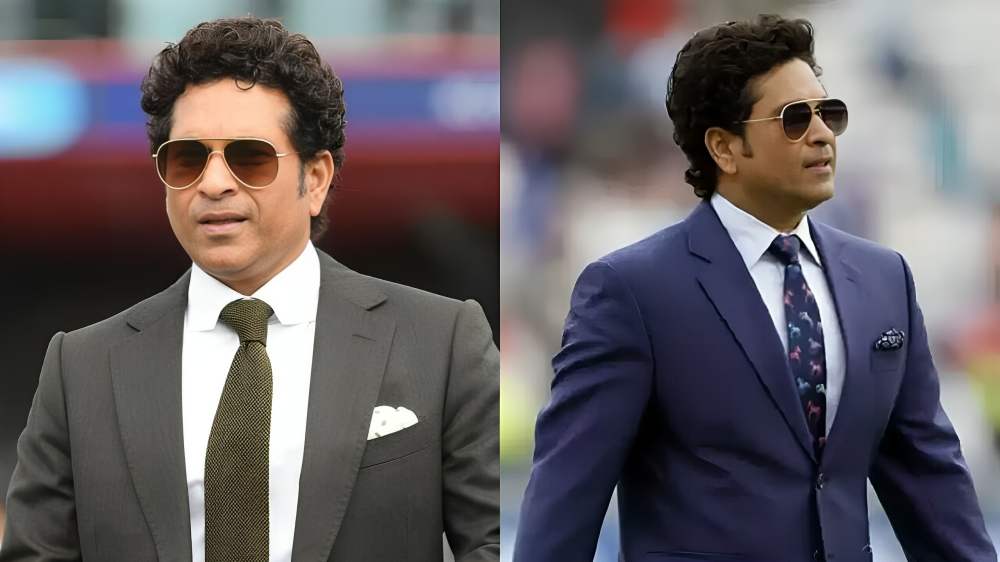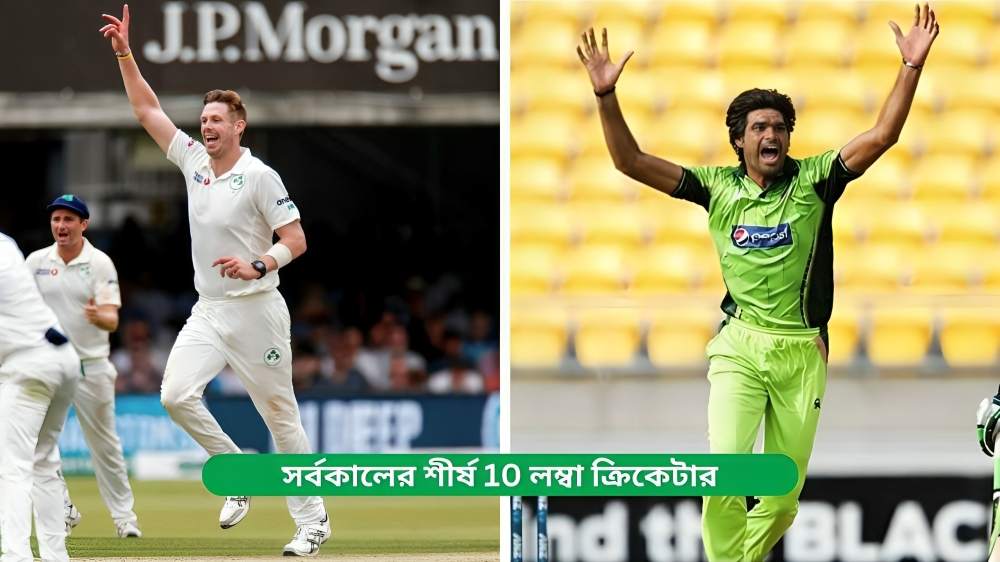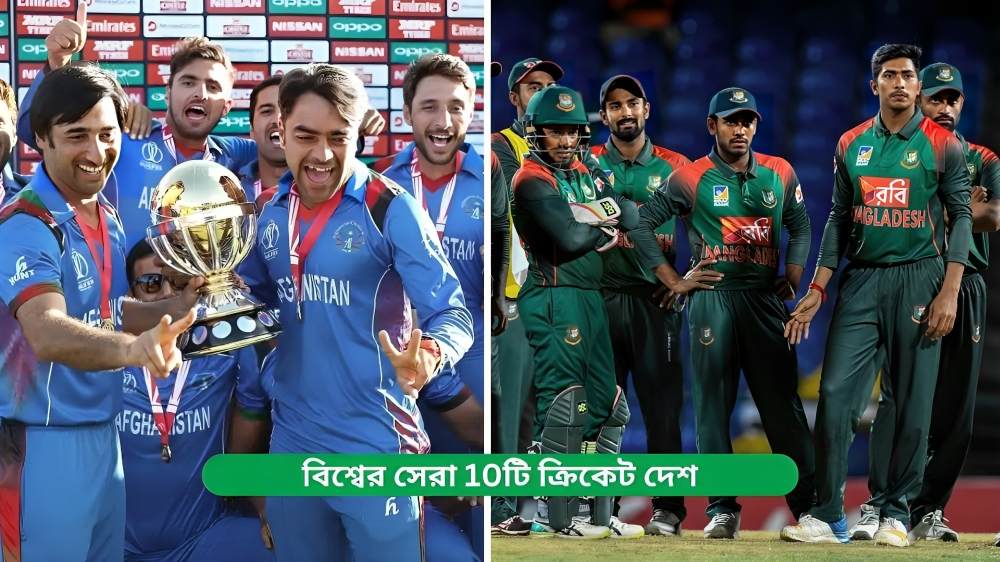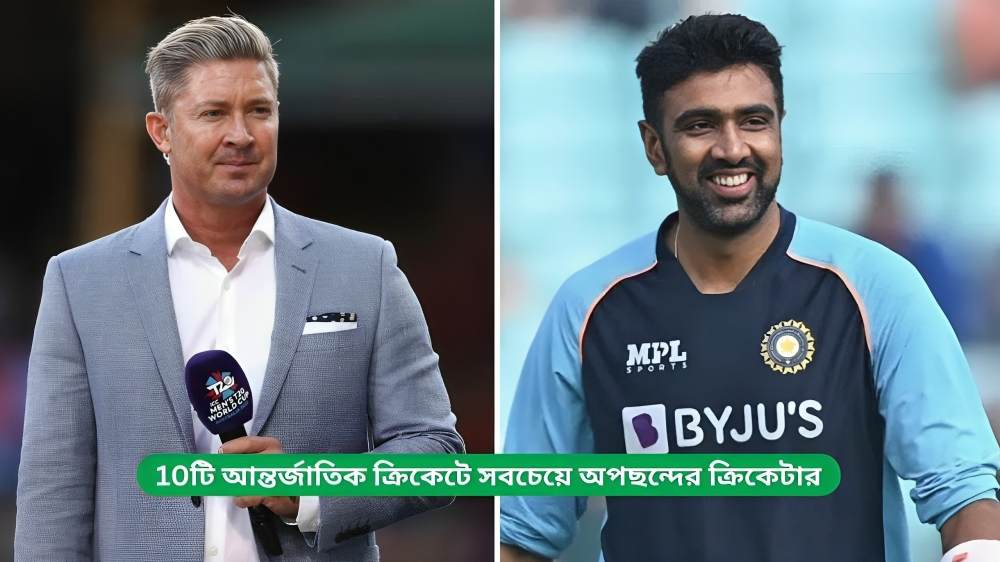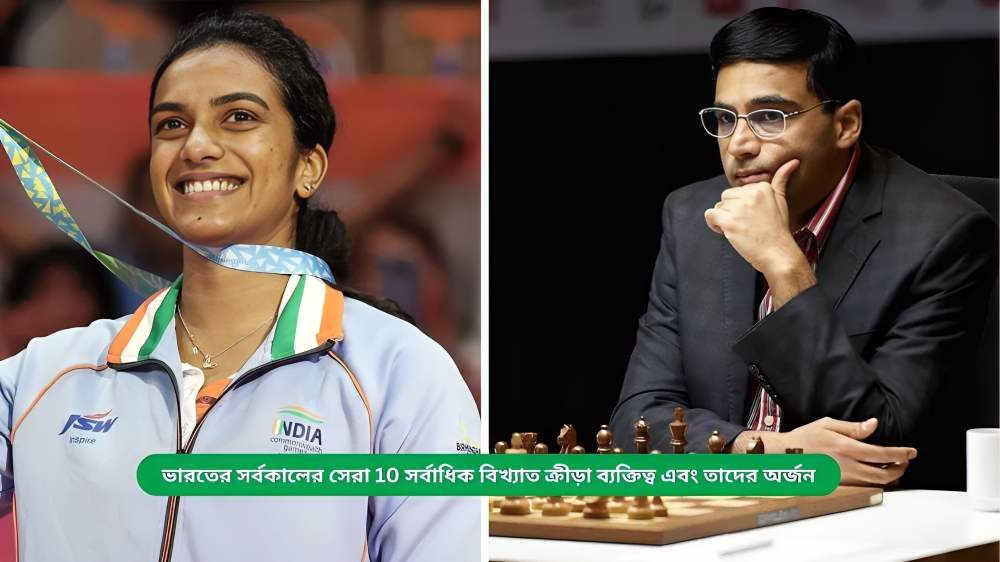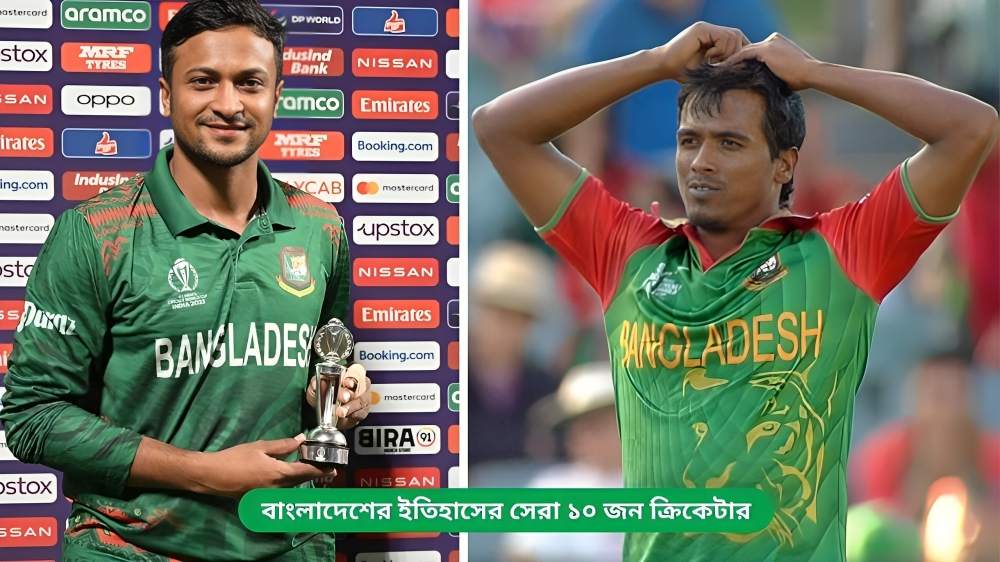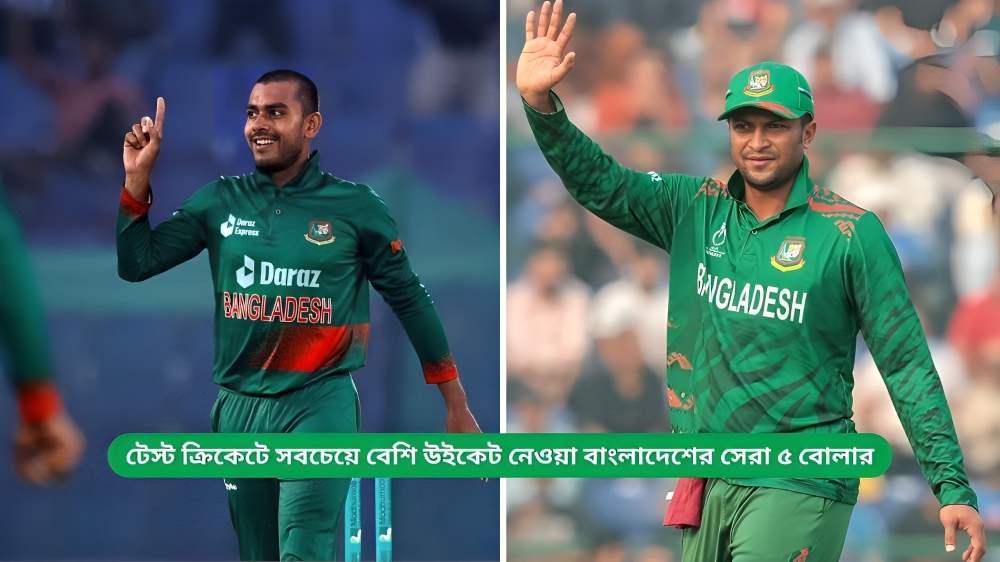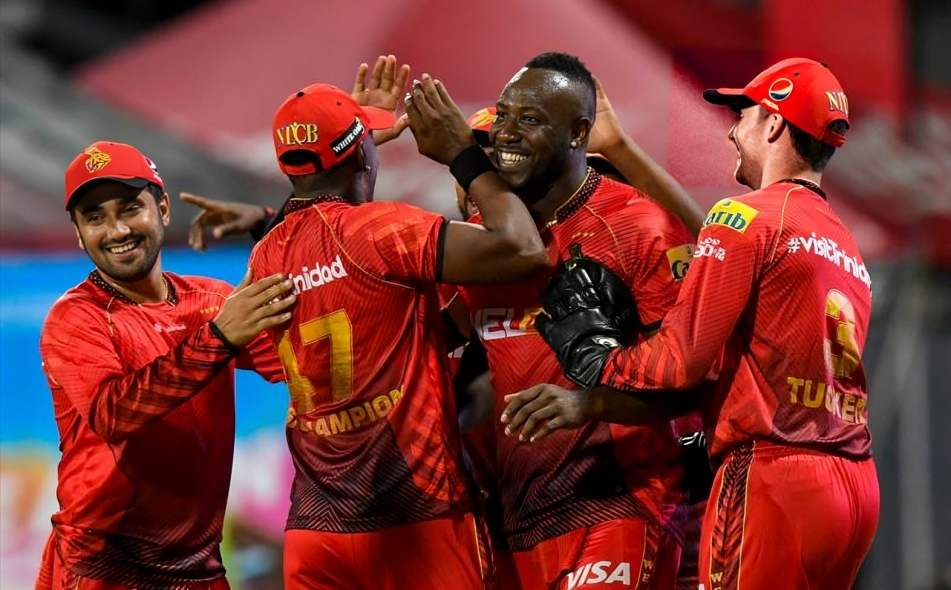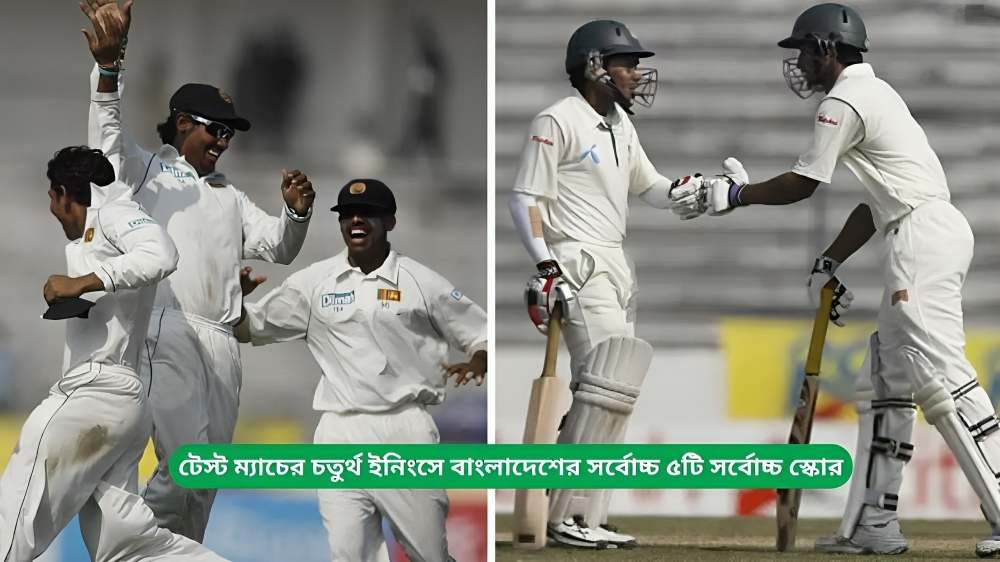At What Age Do Cricketers Typically Retire?: The age at which cricketers retire varies widely depending on several factors, including fitness, performance, personal circumstances, and the format of the game they play. Traditionally, cricketers have retired anywhere from their mid-30s to early 40s, but some players manage to extend their careers into their 40s. This article explores the typical retirement ages of cricketers, citing notable examples and discussing the factors influencing their decisions to hang up their boots.
The Typical Retirement Age
Most cricketers tend to retire from international cricket between the ages of 35 and 40. This range often aligns with physical demands and the mental resilience required to compete at the highest levels. Players in high-intensity roles, such as fast bowlers, may retire earlier due to the strain on their bodies.
Notable Retirements
1. Sachin Tendulkar
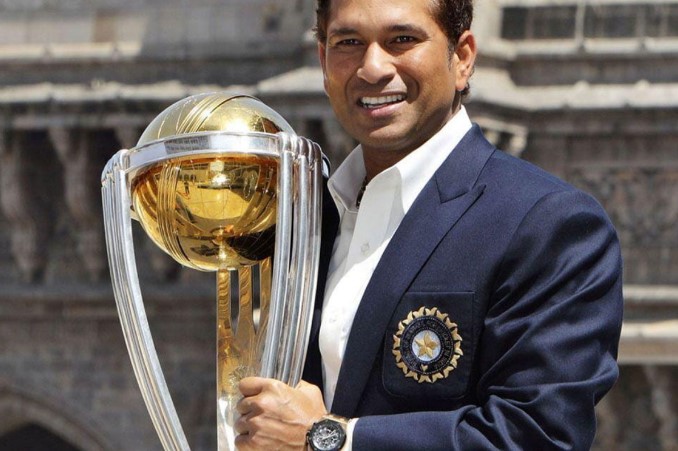
Arguably one of the greatest cricketers of all time, Sachin Tendulkar retired at the age of 40 in 2013. His longevity in the game was remarkable, spanning 24 years and including over 34,000 runs in international cricket. Tendulkar’s retirement came after a distinguished career, and his decision was influenced by a desire to leave the game while still performing at a high level.
Batting & Fielding
| Format | Mat | Inns | NO | Runs | HS | Ave |
|---|---|---|---|---|---|---|
| Tests | 200 | 329 | 33 | 15921 | 248* | 53.78 |
| ODIs | 463 | 452 | 41 | 18426 | 200* | 44.83 |
| T20Is | 1 | 1 | 0 | 10 | 10 | 10.00 |
| FC | 310 | 490 | 51 | 25396 | 248* | 57.84 |
| List A | 551 | 538 | 55 | 21999 | 200* | 45.54 |
| T20s | 96 | 96 | 11 | 2797 | 100* | 32.90 |
2. Ricky Ponting
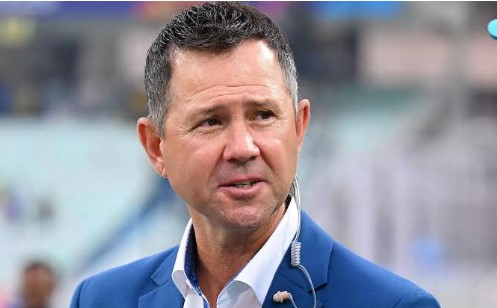
Ricky Ponting, another cricketing legend, retired at 38 in 2012. His retirement came after a storied career that included 27,000 international runs and numerous accolades, including two World Cup victories as captain. Ponting’s decision was partly driven by his declining form and the emergence of younger players in the Australian team.
Batting & Fielding
| Format | Mat | Inns | NO | Runs | HS |
|---|---|---|---|---|---|
| Tests | 168 | 287 | 29 | 13378 | 257 |
| ODIs | 375 | 365 | 39 | 13704 | 164 |
| T20Is | 17 | 16 | 2 | 401 | 98* |
| FC | 289 | 494 | 62 | 24150 | 257 |
| List A | 456 | 445 | 53 | 16363 | 164 |
| T20s | 48 | 43 | 3 | 909 | 98* |
3. Brian Lara
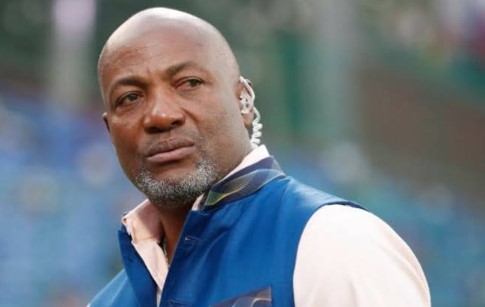
Brian Lara, the West Indies batting maestro, played until he was 38. Known for his stylish stroke play and monumental innings, including the highest individual Test score of 400 not out, Lara retired in 2007 after a career spanning 17 years. His retirement was marked by a desire to focus on life after cricket and a recognition that he could no longer compete at his previous level.
Batting & Fielding
| Format | Mat | Inns | NO | Runs | HS | Ave |
|---|---|---|---|---|---|---|
| Tests | 131 | 232 | 6 | 11953 | 400* | 52.88 |
| ODIs | 299 | 289 | 32 | 10405 | 169 | 40.48 |
| FC | 261 | 440 | 13 | 22156 | 501* | 51.88 |
| List A | 429 | 411 | 43 | 14602 | 169 | 39.67 |
| T20s | 3 | 3 | 0 | 99 | 65 | 33.00 |
4. Jacques Kallis
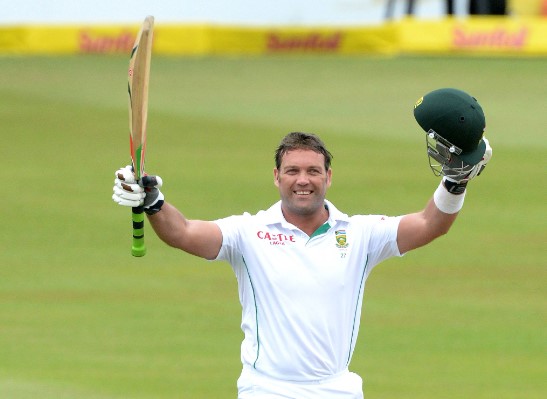
South African all-rounder Jacques Kallis retired at 38, having cemented his place as one of the greatest all-rounders in cricket history. Kallis’s retirement in 2014 was influenced by the physical demands of the game, particularly for someone who played both as a batsman and a bowler. His contributions included over 10,000 runs and 300 wickets in both Tests and ODIs.
Batting & Fielding
| Format | Mat | Inns | NO | Runs | HS | Ave |
|---|---|---|---|---|---|---|
| Tests | 166 | 280 | 40 | 13289 | 224 | 55.37 |
| ODIs | 328 | 314 | 53 | 11579 | 139 | 44.36 |
| T20Is | 25 | 23 | 4 | 666 | 73 | 35.05 |
| FC | 257 | 421 | 57 | 19695 | 224 | 54.10 |
| List A | 424 | 406 | 65 | 14845 | 155* | 43.53 |
| T20s | 176 | 171 | 28 | 4416 | 97* | 30.88 |
5. Virender Sehwag
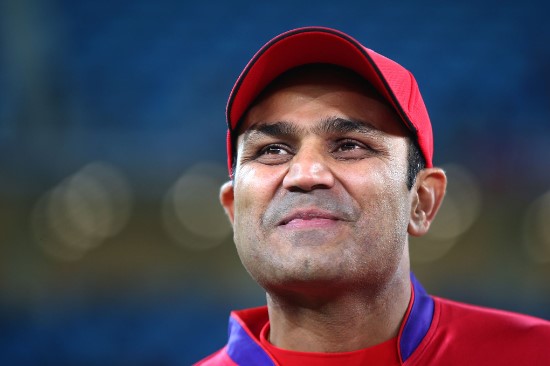
Known for his explosive batting style, Virender Sehwag retired at 35 in 2013. Sehwag’s decision came after a few challenging years in international cricket, where he struggled to maintain his form. His retirement reflected a desire to step away while still being remembered for his remarkable performances, including two Test triple centuries.
Batting & Fielding
| Format | Mat | Inns | NO | Runs | HS | Ave |
|---|---|---|---|---|---|---|
| Tests | 104 | 180 | 6 | 8586 | 319 | 49.34 |
| ODIs | 251 | 245 | 9 | 8273 | 219 | 35.05 |
| T20Is | 19 | 18 | 0 | 394 | 68 | 21.88 |
| FC | 194 | 321 | 11 | 14683 | 319 | 47.36 |
| List A | 332 | 321 | 14 | 10454 | 219 | 34.05 |
| T20s | 159 | 157 | 6 | 4061 | 122 | 26.89 |
Early Retirements
While many cricketers enjoy long careers, others retire early due to various reasons, including injuries, loss of form, or personal choices.
1. Michael Bevan

Australian batsman Michael Bevan retired at 34 in 2004, citing a loss of form and competition for places in the Australian team. Bevan was known for his exceptional one-day international (ODI) batting, averaging over 53, but chose to retire when he felt he could no longer contribute effectively to the team.
Batting & Fielding
| Format | Mat | Inns | NO | Runs | HS | Ave |
|---|---|---|---|---|---|---|
| Tests | 18 | 30 | 3 | 785 | 91 | 29.07 |
| ODIs | 232 | 196 | 67 | 6912 | 108* | 53.58 |
| FC | 237 | 400 | 66 | 19147 | 216 | 57.32 |
| List A | 427 | 385 | 124 | 15103 | 157* | 57.86 |
2. Mark Waugh
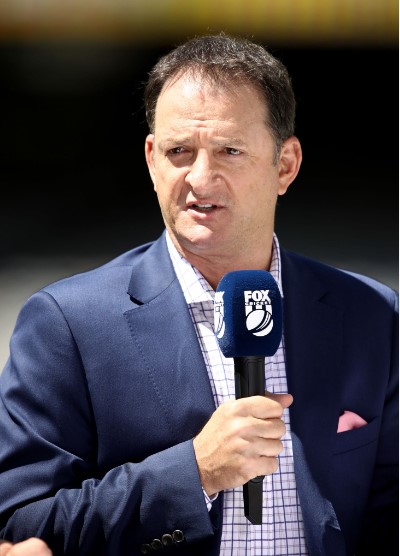
Mark Waugh, a key figure in Australian cricket, retired at 37. His decision to retire in 2002 was influenced by persistent injuries and the emergence of younger talent, which made it clear that a transition was necessary for the team.
Batting & Fielding
| Format | Mat | Inns | NO | Runs | HS | Ave |
|---|---|---|---|---|---|---|
| Tests | 128 | 209 | 17 | 8029 | 153* | 41.81 |
| ODIs | 244 | 236 | 20 | 8500 | 173 | 39.35 |
| FC | 368 | 591 | 75 | 26855 | 229* | 52.04 |
| List A | 434 | 417 | 42 | 14663 | 173 | 39.10 |
The Role of Format
The format of cricket also plays a crucial role in retirement decisions. Players who participate primarily in Test cricket often have different career trajectories compared to those focused on limited-overs formats.
1. Test Cricketers
Test cricketers typically retire in their mid to late 30s, as the physical and mental demands of the longest format can be taxing. Players like Sachin Tendulkar and Ricky Ponting exemplify this trend, as their careers were extended through sheer determination and talent but ultimately concluded in their late 30s.
2. Limited-Overs Specialists
Limited-overs specialists may have shorter careers, often retiring in their early to mid-30s. Players like AB de Villiers, who announced his retirement from international cricket at 34, chose to step away while still at the peak of their game, opting to play in T20 leagues worldwide instead.
The Impact of Fitness and Technology
Advancements in fitness training and medical technology have also influenced the retirement age of cricketers. Players are now better equipped to manage their fitness levels, and many are adopting longer careers. This trend is evident in the cases of players like:
1. MS Dhoni
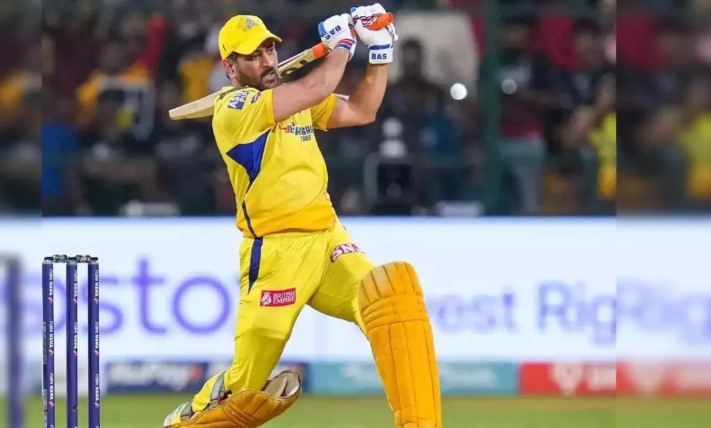
MS Dhoni, the former Indian captain, retired from international cricket at 39 in 2020. His ability to maintain peak physical condition allowed him to compete at the highest level for nearly two decades, leading India to numerous victories, including the 2007 T20 World Cup and the 2011 ODI World Cup.
Batting & Fielding
| Format | Mat | Inns | NO | Runs | HS | Ave |
|---|---|---|---|---|---|---|
| Tests | 90 | 144 | 16 | 4876 | 224 | 38.09 |
| ODIs | 350 | 297 | 84 | 10773 | 183* | 50.57 |
| T20Is | 98 | 85 | 42 | 1617 | 56 | 37.60 |
| FC | 131 | 210 | 19 | 7038 | 224 | 36.84 |
| List A | 423 | 364 | 99 | 13353 | 183* | 50.38 |
| T20s | 391 | 342 | 147 | 7432 | 84* | 38.11 |
2. Chris Gayle
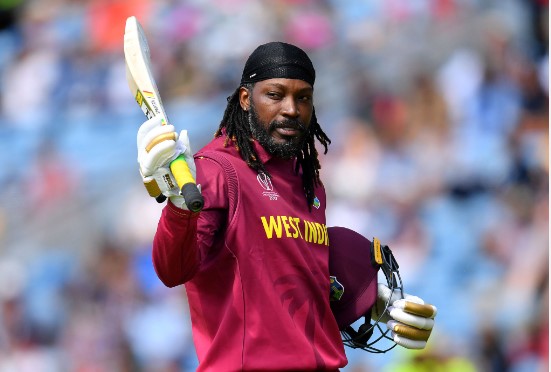
Chris Gayle, the explosive West Indies batsman, has continued to play T20 cricket well into his 40s. His approach to fitness and dedication to maintaining his form have allowed him to remain a formidable player even as he ages.
Batting & Fielding
| Format | Mat | Inns | NO | Runs | HS | Ave |
|---|---|---|---|---|---|---|
| Tests | 103 | 182 | 11 | 7214 | 333 | 42.18 |
| ODIs | 301 | 294 | 17 | 10480 | 215 | 37.83 |
| T20Is | 79 | 75 | 7 | 1899 | 117 | 27.92 |
| FC | 180 | 321 | 26 | 13226 | 333 | 44.83 |
| List A | 373 | 365 | 24 | 13189 | 215 | 38.67 |
| T20s | 463 | 455 | 53 | 14562 | 175* | 36.22 |
Personal Choices and Life After Cricket
Ultimately, the decision to retire often comes down to personal choice. Many players consider their life beyond cricket, seeking to pursue new opportunities or spend more time with family.
1. Kevin Pietersen

English cricketer Kevin Pietersen retired at 34 in 2014, citing the desire to explore opportunities outside of cricket. Pietersen’s charismatic personality and media presence made him a sought-after figure after retirement, leading to a successful career in broadcasting and writing.
Batting & Fielding
| Format | Mat | Inns | NO | Runs | HS | Ave |
|---|---|---|---|---|---|---|
| Tests | 104 | 181 | 8 | 8181 | 227 | 47.28 |
| ODIs | 136 | 125 | 16 | 4440 | 130 | 40.73 |
| T20Is | 37 | 36 | 5 | 1176 | 79 | 37.93 |
| FC | 217 | 358 | 26 | 16522 | 355* | 49.76 |
| List A | 253 | 233 | 34 | 8112 | 147 | 40.76 |
| T20s | 200 | 193 | 25 | 5695 | 115* | 33.89 |
2. Yuvraj Singh
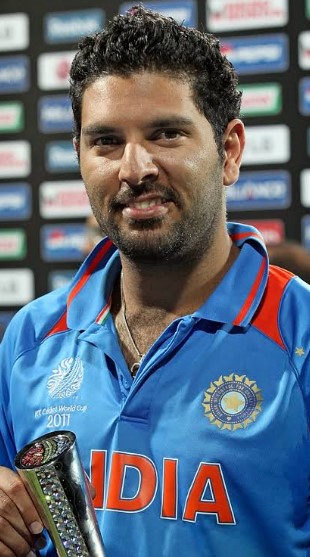
Yuvraj Singh, a key figure in India’s 2007 T20 World Cup and 2011 ODI World Cup victories, retired at 37 in 2019. His decision was influenced by his battles with health issues and a desire to focus on philanthropy and other business ventures post-cricket.
Batting & Fielding
| Format | Mat | Inns | NO | Runs | HS | Ave |
|---|---|---|---|---|---|---|
| Tests | 40 | 62 | 6 | 1900 | 169 | 33.92 |
| ODIs | 304 | 278 | 40 | 8701 | 150 | 36.55 |
| T20Is | 58 | 51 | 9 | 1177 | 77* | 28.02 |
| FC | 139 | 221 | 18 | 8965 | 260 | 44.16 |
| List A | 423 | 389 | 55 | 12663 | 172 | 37.91 |
| T20s | 231 | 216 | 27 | 4857 | 83 | 25.69 |
The age at which cricketers retire varies significantly, influenced by factors such as performance, physical demands, personal choices, and the format they specialize in. While many retire in their mid-30s to early 40s, advancements in fitness and a changing cricket landscape are enabling some players to extend their careers longer than ever. As the game evolves, it will be fascinating to see how future generations of cricketers navigate their careers and retirement decisions, continuing to shape the rich tapestry of cricket history.
Also Read: Tasmania Cricketers Who Have Played for Australia


